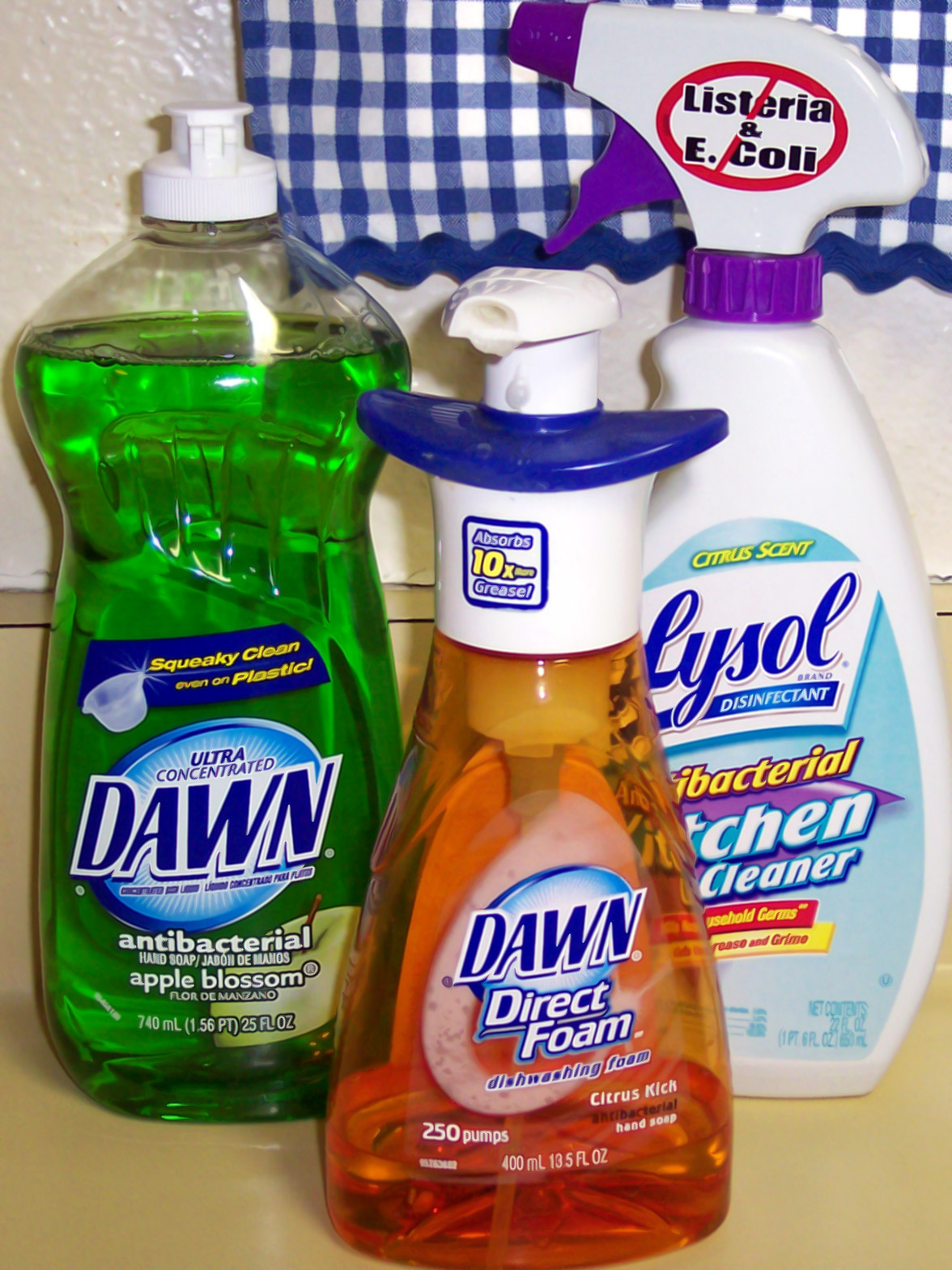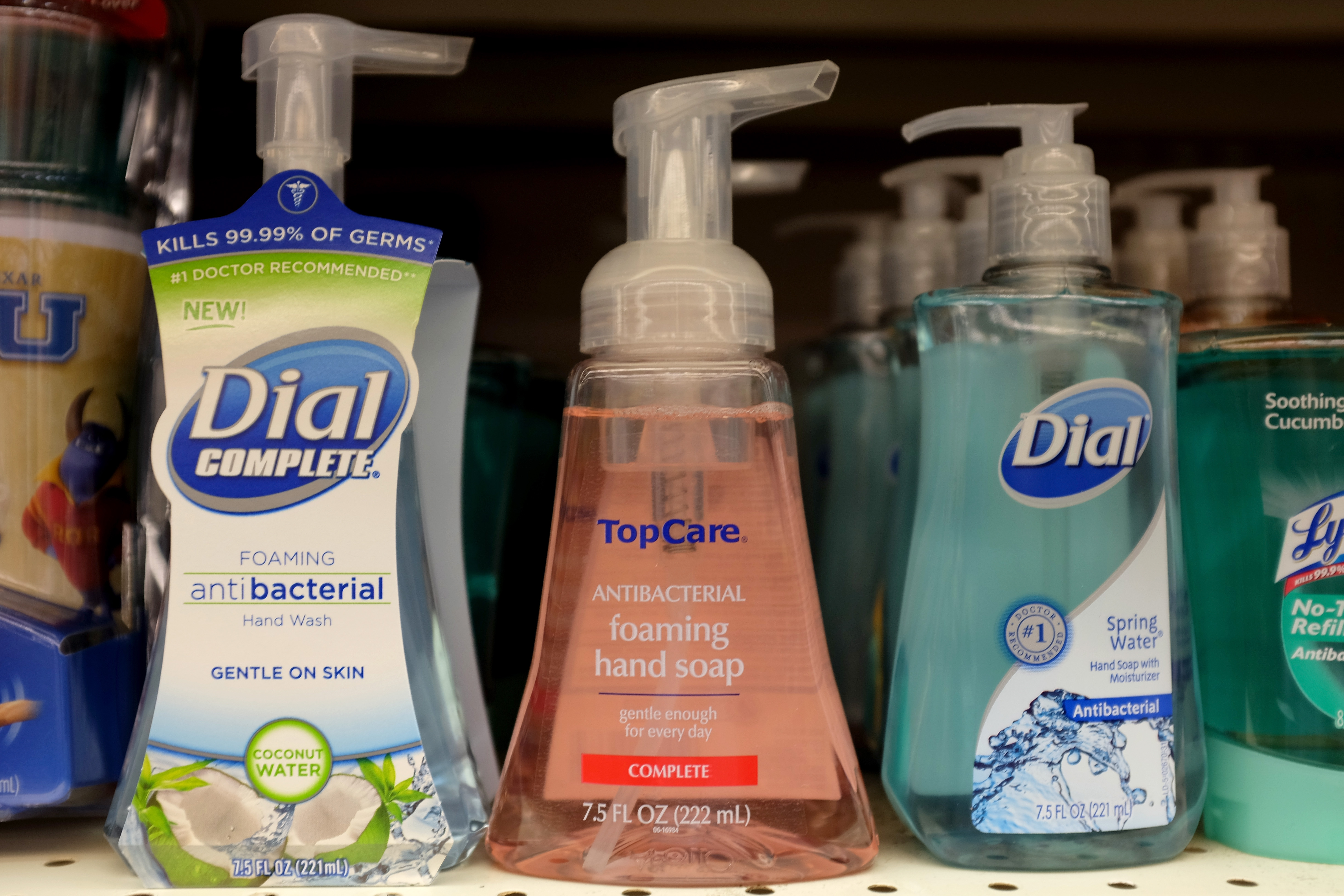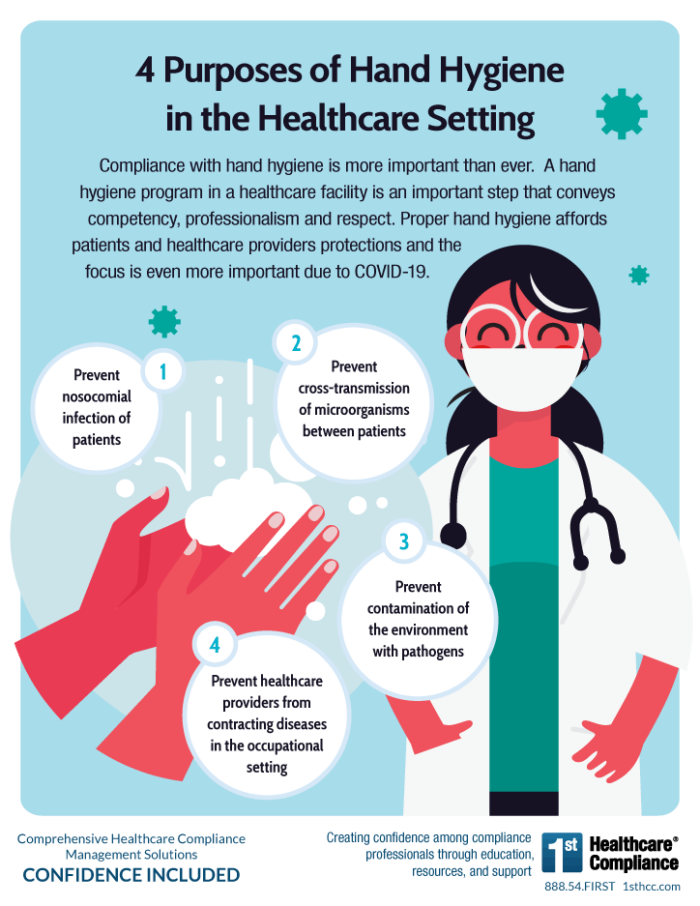Antibacterial Products Presentation
| Introduction to Antibacterial Products | ||
|---|---|---|
| Antibacterial products are designed to kill or inhibit the growth of bacteria. These products can be found in various forms such as hand sanitizers, soaps, wipes, and household cleaners. They are commonly used in healthcare settings, households, and public places to maintain hygiene and prevent the spread of infections. | ||
| 1 | ||
| Types of Antibacterial Products | ||
|---|---|---|
| Hand sanitizers: These products typically contain alcohol or other antimicrobial agents that kill bacteria on the skin. Antibacterial soaps: These soaps contain added antibacterial agents to provide an extra level of cleanliness. Disinfectant wipes: These wipes are designed to kill bacteria on surfaces and are commonly used in household cleaning. | ||
| 2 | ||
| Effectiveness of Antibacterial Products | ||
|---|---|---|
| Antibacterial products, when used correctly, can effectively reduce the number of bacteria on the skin or surfaces. Studies have shown that these products can help prevent the spread of infections, especially in healthcare settings. However, it is important to note that not all bacteria are harmful, and excessive use of antibacterial products may lead to the development of antibiotic-resistant bacteria. | ||
| 3 | ||
| Benefits of Antibacterial Products | ||
|---|---|---|
| Antibacterial products can help reduce the risk of infection and illness. They are convenient and easy to use, providing a quick and efficient way to maintain hygiene. These products can be particularly beneficial for individuals with compromised immune systems or in environments where hygiene is critical. | ||
| 4 | ||
| Limitations of Antibacterial Products | ||
|---|---|---|
| Antibacterial products are not effective against viruses, such as the flu or common cold. Overuse of these products may disrupt the natural balance of bacteria on the skin or in the environment. Some antibacterial agents may cause skin irritation or allergies in certain individuals. | ||
| 5 | ||
| Proper Use of Antibacterial Products | ||
|---|---|---|
| Follow the instructions provided by the manufacturer for each specific product. Ensure that the product is in contact with the skin or surface for the recommended duration to achieve maximum effectiveness. Remember that hand sanitizers are not a substitute for proper handwashing with soap and water, especially when hands are visibly dirty. | ||
| 6 | ||
| Choosing Antibacterial Products | ||
|---|---|---|
| Look for products that contain active ingredients such as alcohol, triclosan, or benzalkonium chloride. Consider the intended use and select the appropriate product. For example, healthcare settings may require a stronger disinfectant compared to household use. Check for any specific requirements or certifications, such as EPA registration for disinfectants. | ||
| 7 | ||
| Alternatives to Antibacterial Products | ||
|---|---|---|
| Regular handwashing with soap and water for at least 20 seconds is the most effective way to remove bacteria from the skin. Use of plain soap without added antibacterial agents is generally sufficient for everyday use. For cleaning surfaces, regular household cleaners can be effective, especially when used correctly. | ||
| 8 | ||
| Conclusion | ||
|---|---|---|
| Antibacterial products play an important role in maintaining hygiene and preventing the spread of infections. However, it is essential to use these products correctly and in moderation to avoid potential drawbacks. Remember that proper handwashing and general cleanliness practices are still the foundation of good hygiene. | ||
| 9 | ||
| Questions? | ||
|---|---|---|
| Thank you for your attention! Do you have any questions about antibacterial products? Your second bullet Your third bullet | ||
| 10 | ||







